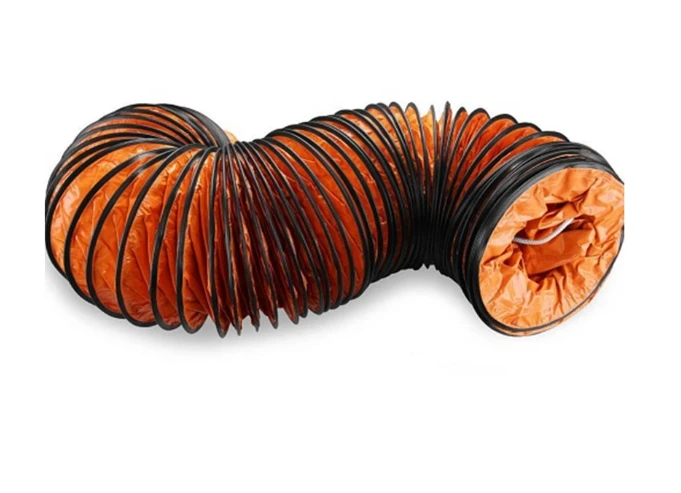LPG Gas Hose Pipe for Safe and Efficient Gas Transfer Solutions
The Importance of LPG Gas Hose Pipes in Safe Fuel Transportation
Liquefied Petroleum Gas (LPG) has become a popular choice for various applications, including cooking, heating, and even as a fuel for vehicles. However, the safe transportation and transfer of LPG are paramount to prevent accidents and ensure efficient usage. One of the crucial components in this process is the LPG gas hose pipe. In this article, we will explore the significance of LPG gas hose pipes, their features, and essential safety considerations.
Understanding LPG and Its Applications
LPG is a clean-burning hydrocarbon fuel, primarily composed of propane and butane. Due to its high energy content and versatility, it is widely used in households for cooking and heating, as well as in commercial applications such as powering machinery, industrial processes, and even in agricultural sectors for drying and heating. The adaptability of LPG makes it a valuable fuel choice, but it also necessitates stringent safety measures during its transfer and storage.
The Role of LPG Gas Hose Pipes
LPG gas hose pipes are specifically designed to transport LPG safely from one point to another. They connect various equipment, such as gas cylinders, storage tanks, and burners. These hoses are engineered to withstand the pressures associated with LPG, which can be substantial, especially during transfer processes.
1. Material Composition LPG gas hose pipes are typically made from a combination of rubber, thermoplastic elastomers, or special polymers. These materials ensure that the hoses are not only flexible and durable but also resistant to the corrosive properties of LPG. Additionally, hoses may have a reinforced structure to prevent bursting under high pressure.
2. Pressure Ratings LPG hoses are manufactured to meet specific pressure ratings, ensuring they can handle the demands of high-pressure applications. It is crucial to select the right hose for the pressure levels involved in the operation, as using an inappropriate hose can lead to leaks, bursts, or other catastrophic failures.
3. Temperature Resistance LPG can change its state and can be affected by temperature fluctuations. As such, LPG gas hose pipes are designed to operate within a wide temperature range. This feature is particularly important for outdoor applications where temperature variations may significantly affect hose performance.
4. Standard Compliance Safety is paramount when dealing with flammable gases like LPG. Quality LPG hoses comply with international standards (such as ISO, EN, or ASTM) to assure users that they meet safety criteria. This compliance includes testing for abrasion resistance, aging, and the presence of harmful substances.
hose pipe for lpg gas

Safety Considerations
When using LPG gas hose pipes, adhering to safety measures is essential to prevent leaks, explosions, and fires
1. Regular Inspections Regularly inspect hose pipes for signs of wear, tear, or damage. Any visual damage, such as cracks or discolouration, should prompt immediate replacement, as these issues can compromise the hose's structural integrity.
2. Correct Installation Ensure that the hoses are installed correctly, avoiding sharp bends or kinks that can restrict flow or damage the hose. Proper fittings and connections must be used, and all parts should be torque-tested to eliminate leaks.
3. Avoiding Overexposure LPG hoses should not be exposed to direct sunlight for prolonged periods, as ultraviolet rays can degrade the material. Keeping hoses stored in a shaded area when not in use can prolong their lifespan.
4. Fire Safety Maintain proper fire safety protocols in areas where LPG hoses are used. This includes having fire extinguishers on hand and ensuring that all users are trained in handling emergency situations related to gas leaks.
5. Manufacturer Guidelines Always follow manufacturer guidelines for the specific hose being used. Manufacturers provide crucial information regarding the hose's limitations, recommended uses, and maintenance procedures.
Conclusion
LPG gas hose pipes play a vital role in the safe transportation and application of Liquefied Petroleum Gas. With their specialized design and material composition, they contribute to the efficient and safe handling of this versatile fuel. By emphasizing regular inspection, proper installation, and adherence to safety protocols, individuals and businesses can minimize risks, ensuring that LPG continues to serve as a reliable energy source in various applications. Ensuring the integrity of LPG gas hose pipes is not just about compliance; it is about safeguarding lives and property in an era where safe energy practices are more critical than ever.
-
Top Quality Oxy Acetylene Hoses for Sale Fit for Welding DemandsNewsJul.28,2025
-
The Future of Pneumatic Air Tubes in IndustryNewsJul.28,2025
-
Superior and Reliable LPG Hose Pipe Solutions for Every NeedNewsJul.28,2025
-
Exceptionally Durable and Versatile Premium Braided PVC TubingNewsJul.28,2025
-
Best Adapters for Connecting Garden Hose to PVC Pipe ConnectionsNewsJul.28,2025
-
The Essential Role of LPG Hoses in Safe and Efficient Gas DistributionNewsJul.16,2025














